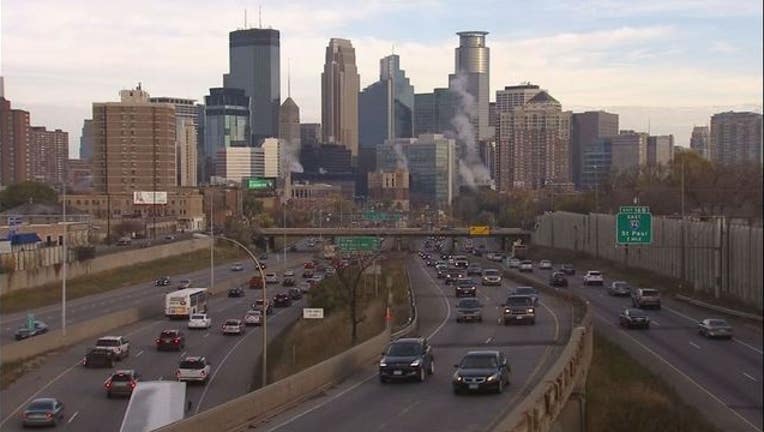Natural gas eclipses electricity as Minneapolis' largest source of greenhouse gas emissions

MINNEAPOLIS (FOX 9) - Thanks to changing consumer habits, electricity is no longer Minneapolis’ largest source of greenhouse gas emissions.
Between 2017 and 2018, natural gas emissions increased 18 percent due to higher use in the city’s buildings, overtaking electricity as the city's largest greenhouse gas emitter.
According to a release from the city, people are using less electricity because they are using cleaner, renewable sources instead.
This change in user behavior resulted in a 41 percent decrease in electricity emissions since 2006.
Now, the city is calling for a similar reduction in natural gas usage. By 2025, the city hopes to reduce its total greenhouse gas emissions by 30 percent and seeks an 80 percent reduction by 2050.
To do so, the city plans to use a two-pronged approach of conservation and gas alternatives. It hopes to make buildings more energy efficient and take advantage of alternative technologies to heat buildings.
“Increasing concentrations of greenhouse gases in our atmosphere are destabilizing the earth’s climate, and human activity is the primary driver of these emissions,” said the release from the city. “Without rapid action to reduce these emissions, threats are coming to our economic livelihood; public health; and supplies of food, fresh water and power.”
In 2018, the city set a goal to achieve 100 percent renewable electricity for city facilities by 2023. It also hopes the city as a whole will be 100 percent renewable by 2030.

